
Review: Hitachi CPWU8700 & FL710
The Hubble Telescope pitch was compelling.
Review:/ Christopher Holder
Rather than relying on terrestrial telescopes the size of a W Class tram, or Bond-villain-style radio arrays/dishes; put a telescope into orbit where it doesn’t have to deal with the inherent distortion of viewing the cosmos through the Earth’s atmosphere. In other words, rather than continue to incrementally improve our astronomical ‘eyeball’, let the Hubble telescope remove the dodgy ‘contact lens’ that’s making everything indistinct.
A couple of space walks later and scientists held their breath or at least remained hopeful that their breath would be taken by the never-before-witnessed snapshots of the universe.
Trouble was, they were a bit blurry. It was like waiting for your honeymoon snaps to return from the Kodak shop only to find you had your finger in front of the lens the whole time.
Big let down.
Thankfully they fixed the problem by sending up a lens that corrected the problem. Apparently the mirror was slightly out of whack.
The only reason I mention this story is as a reminder of the crazy-clever visual sleight of hand an ultra-short throw lens is being asked to do. The good ones provide a better than 0.40 projection ratio, and offer a totally even picture quality (in terms of brightness and sharpness) across the entire image. The tolerances are super-fine. Get it right and you have yourself a huge image with the projector tucked up/down and out of the way with no shadowing. Get it even minutely wrong and you have a Hubble v1.0 problem.
Hitachi’s FL710 ultra short throw lens is a keeper… no need to pull the Space Shuttle out of retirement.
We brought its fraternal twin in for questioning a few years ago: the FL900. Like the FL710 the FL900 is doing all the work optically. Unlike the FL900, the FL710 slots into the far thriftier 8000 series. The FL900 with a 9000 series projector is a magnificent combo but pricing heads north of $20,000 quite quickly.
The 8000 Series/FL710 combo, on the other hand, is more like a $15,000 investment.
TALK THROUGH THE LENS
The FL710 ships in a box not much smaller than the projector itself. It’s around 3kg and comes with a bracket that removes the strain on the projector, keeping it all locked into place. You can add a further bracket for compatibility with a projector mount.
Fitting the lens is straightforward. Fitting the bracket is reasonably straightforward. It’s worth giving the manual a read before you embark. Once erected there’s advice as to how to proceed when using lens shift and something called lens tilt.
Getting an ultra short-throw lens image absolutely tickety-boo is always bit of a fiddle, but I found working with the FL710 comparatively easy and responsive. The lens shift is an essential ‘luxury’ and getting the geometry right was easy enough. Given the unavoidably extreme nature of the distortion from the lens to throw the image, any physical distortion in your projection surface will be amplified.
For best results use a perfectly-flat board screen. A high gain screen (with narrow viewing angle) aren’t so suitable, best opt for a low-gain matte screen with a wide viewing angle.
It’s also worth noting that best results will be gained by spending the time placing the projector in the optimal location. Saying that, it’s nice to know the 8000 Series projectors have the fire power to get you out of a tight spot if that’s where you find yourself.
After giving the projector and lens time to (thermally) settle in and find its new normal I made my final focus adjustments. Again, every move is amplified when you’re dealing with a 0.38 projection ratio ultra short-throw lens, so focus noticeably alters the image size. None of this will come as a surprise to experienced installers.
MORE INFO
Hitachi CPWU8700 & FL710
LCD Projector & Ultra Short-Throw Lens
Hitachi Australia:
1800 448 2244 or www.hitachi.com.au/dps
Price:
CPWU8700: $7438 (plus lens)
FL710 Ultra short-throw lens: $9999

THINK SHORT, THINK BIG
I was testing the FL710 with a WUXGA CP-WU8700 LCD projector and it’s an excellent combination. Hitachi isn’t gunning for the primary school mass-market, ultra short-throw sector so much as more specialist verticals such as museum displays, conference and exhibition centres, auditorium etc. Here it excels. 7000 lumens (oriented portrait or landscape), and the promise of a whopping 350-inch (nearly 9m in the diagonal) image with the back end of the projector only 2m away.
During my tests we used a 5.5m-wide backdrop, running full HD images from an Arkaos Mediamaster player via Displayport into the back of the CPWU8700. It’s worth remembering that with the FL710 lens you don’t have any zoom available (unlike the other factory lenses), which makes projector placement even more crucial. After finding the right distance, and applying some keystone correction and lens shift we had a huge image that was very discreet from a staging point of view. The 3LCD image was bright, vivid and with great consistency of focus right into the corners.
You can easily edge blend if you need to go larger still (although maintain at least a 50cm distance between projectors for the sake of the air intakes). There’s an edge blending assistant wizard in the menu.
The warping features are sophisticated and there’s a downloadable (and very helpful) software warping tool to assist allowing you to conform your image to non-standard surfaces. According to Hitachi it’s possible to edge blend and warp at the same time, which sounds like the projector equivalent of walking and chewing gum.
You can stack the projector for extra brightness if you have a more standard lens fitted.
The projector is a thoroughbred installation unit with all the I/O you need, including HDBaseT as standard and easy control from ‘name’ commercial control systems. The 8700 even has an SDI input, which may be ‘deal sealer’ for certain applications.
Touches such as the choice of colour (black or white) and the terminal cover (which markedly tidies up the look of the back end of the projector when you’re using multiple connectors) are most welcome.

UPKEEP
Hitachi now does a good range of laser and LED projectors promising the customary 20,000 hours of life from the light source. The 8700 is conventional LCD projector and promises a more traditional 2000 hours out of the 430W lamp (or 4000 hours in eco mode). While we’re on the subject of maintenance, the filter will need periodic attention. It’s not a filter that automatically feeds through on a roll. It’s a three-layer filter (two layers of unwoven cloth and a ‘High Air Flow’ filter). The filter can last up to a (quoted) 20,000 hours without cleaning, reducing maintenance time. Chances are you’d replace the filter when you replace the lamp (which is easy to access on the side panel). Lamp life and maintenance are all high on the agenda of considerations. This isn’t an ‘always on’ projector.
CHOICE
Hitachi with its installation projectors is a credible player in a battle occupied by prominent players such as Epson, Panasonic, Sony and others and the projector itself is price competitive. The FL710 lens is a very special piece of glass and priced accordingly. There are five other lenses to choose from all commanding more regular pricing. Hitachi Australia has an experienced, stable and knowledgeable team in its commercial division. The 8000 series range looks to me to be a very credible option for any medium-to-large room installations, and the FL710 lens is a premium solution for a specific need often found in the exhibition display vertical.

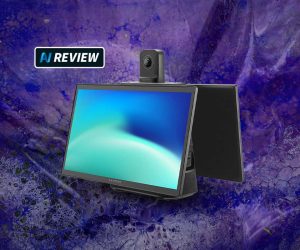
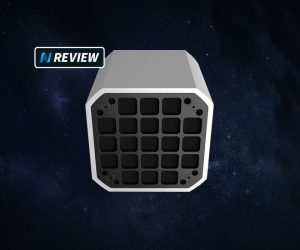
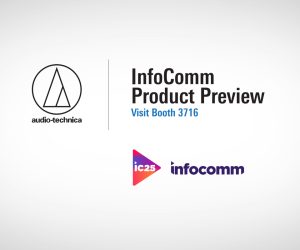
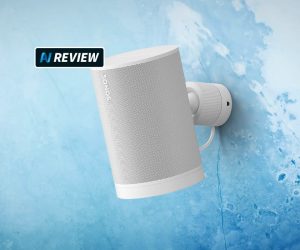
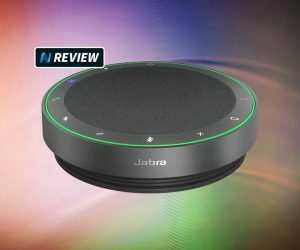
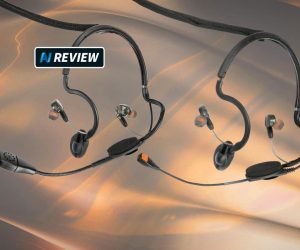
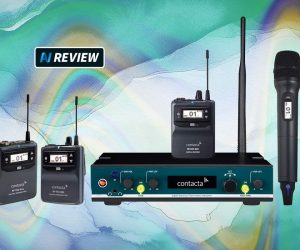
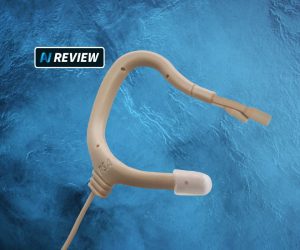
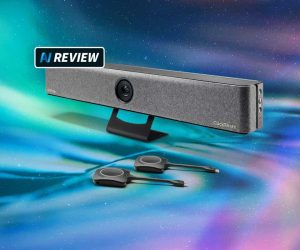
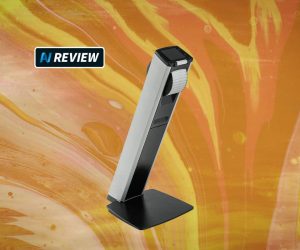
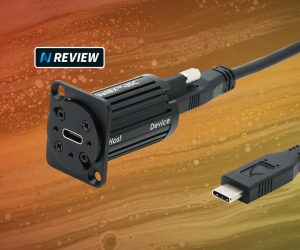
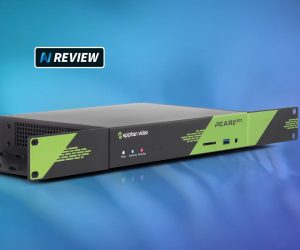


RESPONSES